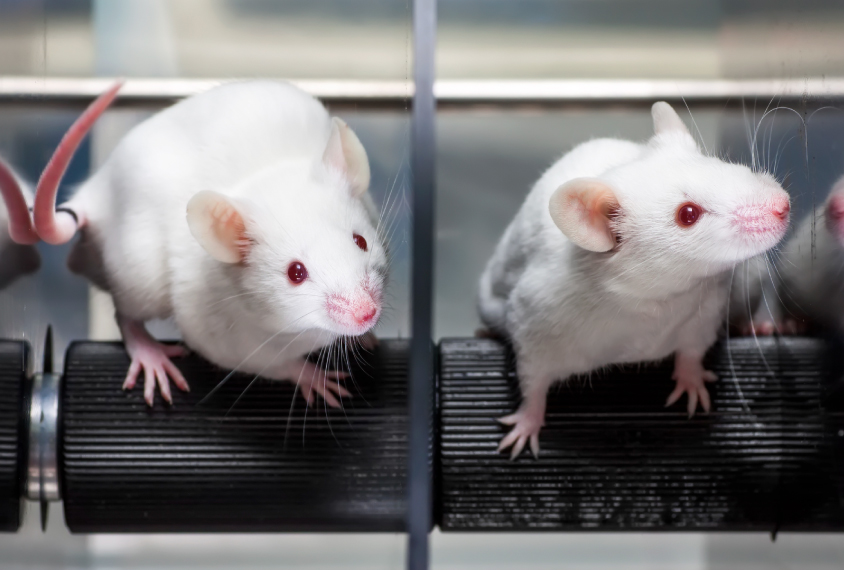
Fragile X behaviors may stem from gene’s loss in specific cells
Deleting FMR1, the gene mutated in fragile X syndrome, in subsets of mouse neurons leads to distinct features of the condition.
Deleting FMR1, the gene mutated in fragile X syndrome, in subsets of mouse neurons leads to distinct features of the condition.
Specifically, the gene’s absence in neurons that dampen brain signals causes a different profile than its absence in excitatory neurons.
“What was really interesting was we found that, depending on the cell type that loses FMRP expression, there are different behavioral outcomes,” says Daniel Connolly, a former researcher in Rodney Samaco’s lab at the Jan and Dan Duncan Neurological Research Institute at Texas Children’s Hospital. Connolly presented the unpublished findings yesterday at the 2017 Society for Neuroscience annual meeting in Washington, D.C.
Restoring the gene in these subsets before birth prevents the specific sets of behaviors, the researchers also found.
Fragile X syndrome is characterized by intellectual disability and, often, autism. People with the syndrome have features similar to those of autism.
Mice missing FMR1 in all their cells are bolder than controls, hyperactive, have poor memory and learning abilities, and have trouble filtering out sensory information. People with the syndrome have some of these same features.
Preventing problems:
Connolly and his colleagues created mice lacking the gene in only inhibitory neurons. The boldness and hyperactivity in these mice is on par with those missing FMR1 throughout the body. Mice missing the gene in only excitatory neurons do not show these features.
The opposite is true for memory and sensory problems: The mice missing the gene in excitatory neurons have the same problems in these areas as those missing FMR1 everywhere. By contrast, mice missing the gene in inhibitory neurons behave like controls do on these measures.
To confirm the role of FMR1 in these cell types, the researchers created two more types of mice.
These mice all lack FMR1, but the researchers could turn the gene on in either excitatory or inhibitory neurons while the mice were in utero.
Restoring the gene in only the inhibitory neurons prevents the hyperactivity and boldness. And turning the gene on in only excitatory neurons prevents the memory and sensory problems.
Overall, the findings offer a “more complex idea about how FMRP is functioning from birth, in terms of its developmental function,” says Samaco, assistant professor at the institute.
The findings could help researchers develop therapies that alleviate specific features of the syndrome.
For more reports from the 2017 Society for Neuroscience annual meeting, please click here.
Recommended reading

Too much or too little brain synchrony may underlie autism subtypes

Developmental delay patterns differ with diagnosis; and more

Split gene therapy delivers promise in mice modeling Dravet syndrome
Explore more from The Transmitter

During decision-making, brain shows multiple distinct subtypes of activity

Basic pain research ‘is not working’: Q&A with Steven Prescott and Stéphanie Ratté
